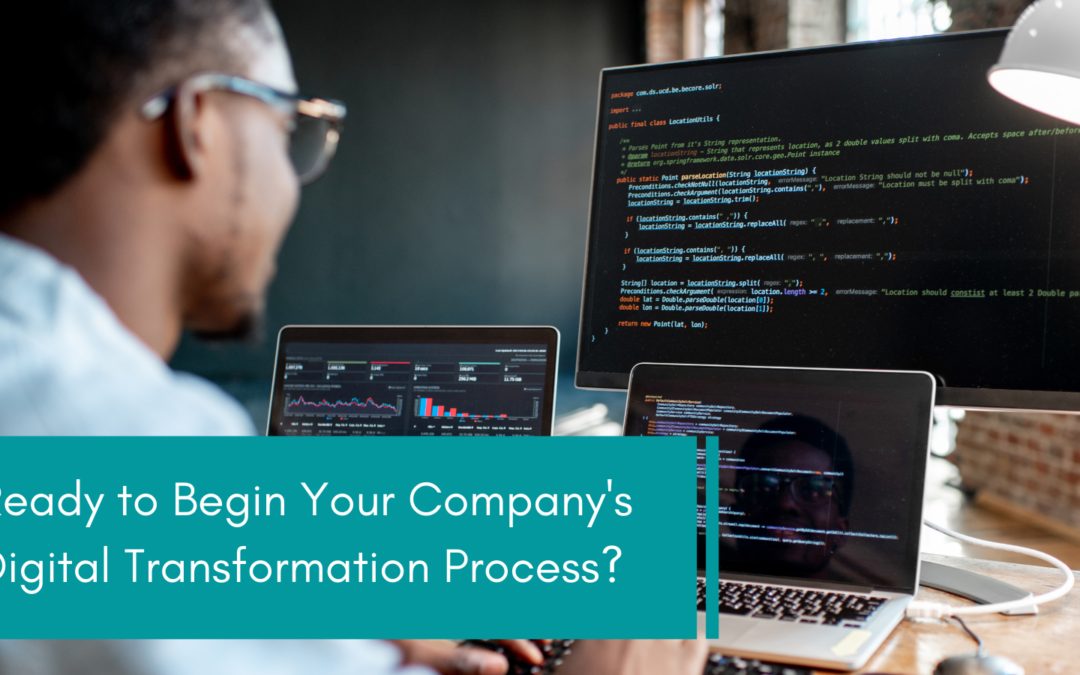Organizations are sprinting to undertake digital transformations that will fold disruptive technology into business practices. By embracing cutting-edge software, web, and mobile app development and introducing Artificial Intelligence (AI), businesses are hoping to root out competitive advantage in an increasingly dynamic business environment.
Of course, since the digital landscape is advancing at unprecedented rates, very few organizations have the IT talent in house necessary to build and maintain any type of system, much less develop a world-class software solution that will provide rich value. As a result, organizations are often turning to software development services to meet IT resources needs through IT staff augmentation.
Just as software development needs and processes have changed, so has the procurement process to obtain them. Traditionally, RFPs focused solely on costs, but when it comes to organizational transforming, making based on price alone could yield a dramatic disaster – or at least a sub-par result. But organizations can embrace a new model for digital transformation and employ the BOT model, which introduces the flexibility and scalability required to stay ahead in an evolving landscape.
What is the BOT model?
BOT stands for Build-operate-transfer, and represents a contractual relationship an organization would have with a service provider. Under this model, the IT service provider develops, optimizes, and runs the delivery under contractual agreement that the operation will be transferred in full to the organization for full ownership and operation (called a captive center). The relationship moves through three phases:
1. Build. This phase lays the infrastructure for the work to begin, including internet and IT devices, resource management, administrative support, and the legal framework.
2. Operate. In this phase, development, maintenance, quality assurance, enhancement, and product support occur, generally with a team partially or entirely offsite.
3. Transfer. Finally, ownership is transferred in full to the organization. The timeframe for this is typically specified in the initial scoping phase and may include additional staffing augmentation from the provider to act as a subsidiary, along with a detailed handover process.
Benefits of the BOT model
BOT isn’t simply a new approach for the sake of being new. Instead, the BOT model offers numerous benefits for organizations and individual employees, including:
• Reduced costs. Remember earlier, when we mentioned you don’t want to cut corners on costs when it comes to digital transformations? The great news with the BOT model is that organizations can enjoy both world class software development and controlled costs by reducing the average cost of software development with IT talent located in near-shored or off-shored teams in strategic locations. These resources can then be poured into additional development, in-house staffing, or other organizational enrichment.
• Rapid time-to-market. Offsite development enables organizations to work in advantages time zones – or even multiple time zones – to capitalize on a near-constant development cycle and business support. This round-the-clock coverage can dramatically shorten development times, freeing organizations to start realizing efficiency and engagement as soon as possible from the technology transformation.
• Risk management. Not only does the BOT model disperse the risks and the investment in the business, but it also offers practical risk management. For example, an organization relying on a software development team in single location may come to a complete standstill if a natural disaster strikes and interrupts the infrastructure. A more dispersed model means less reliance on a single location, and lower risks of development being derailed by events outside the organization’s control.
• Customizable. The terms of transfer can be flexible, established based on either a timeline or the organization’s notice it is ready for the transfer. A bespoke agreement makes sense for a custom solution, and it’s this kind of flexibility that enables organizations, regardless of size, to capitalize on this model.
• Instant expertise. Although this may the organization’s first encounter with digital transformation, it’s not the developers’. This enables rapid ramp up times and with that speed comes freedom to introduce newer technologies as well.
Organizations have ample options for outsourcing, but choosing the right one can be the difference between emerging as an industry leader or collapsing as a laggard. Learn more about how TechGenies can employ the BOT model to support your organization’s next digital transformation.
